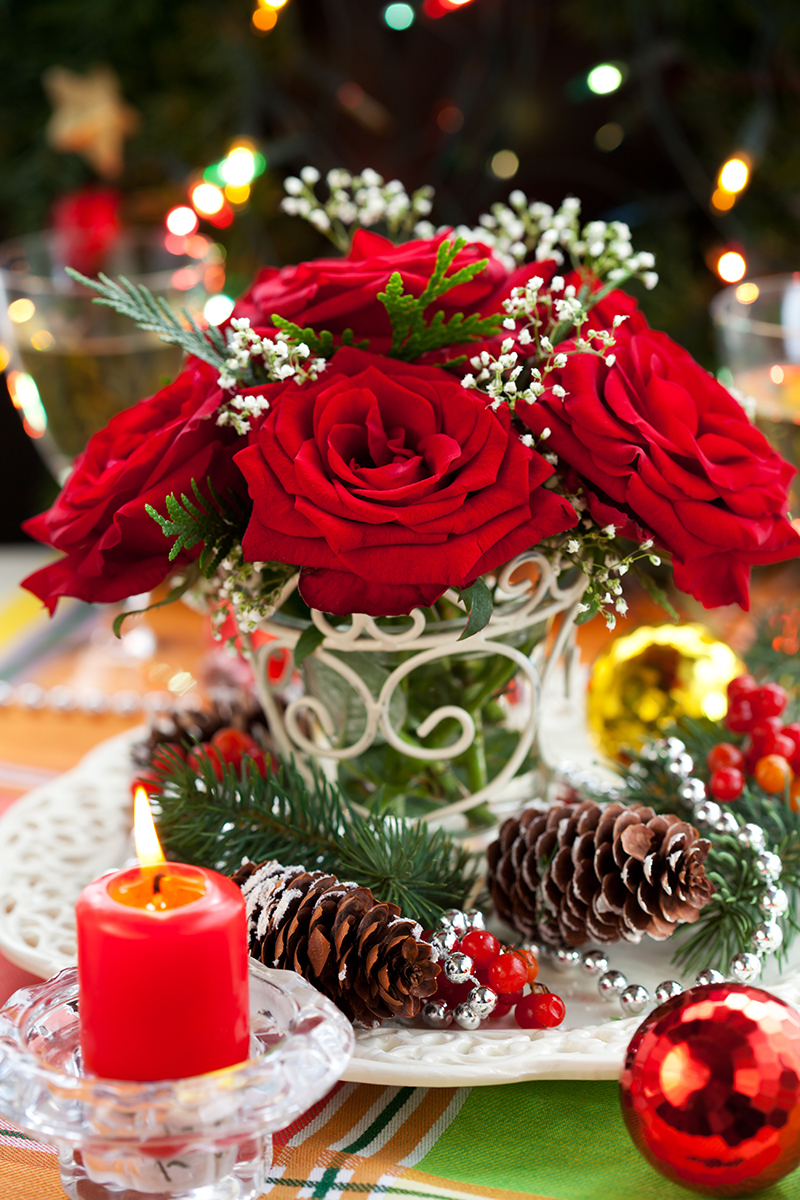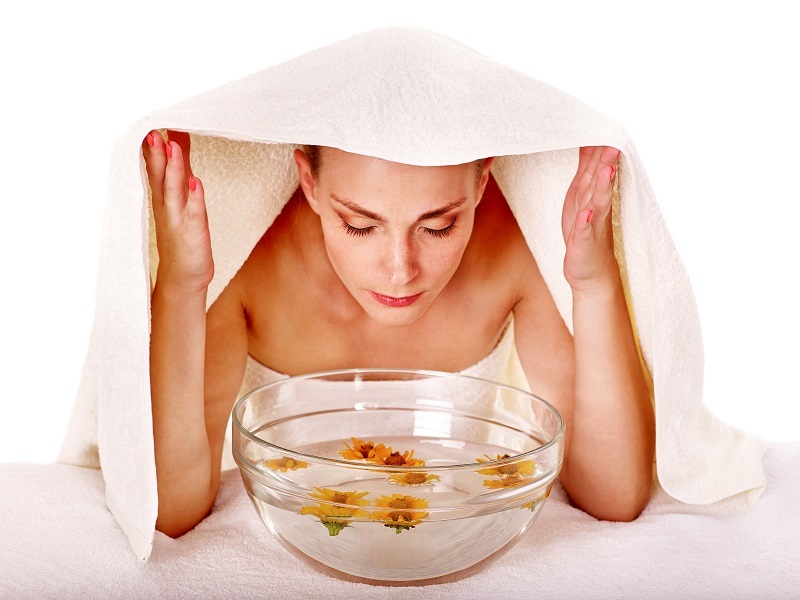Get acquainted with 3 easy tips to save your flowers from wilting
Posted on 01/07/2025
Get Acquainted with 3 Easy Tips to Save Your Flowers from Wilting
Fresh flowers can instantly transform any space, adding beauty, fragrance, and cheer to your home or office. Unfortunately, even the most vibrant blooms can begin to droop and wilt within days if not cared for properly. If you're wondering how to rescue your beloved blossoms and keep them looking their best for longer, you're in the right place. This comprehensive guide will introduce you to three simple yet effective tips to save your flowers from wilting and ensure your arrangements stay fresher, brighter, and more stunning for days on end.

Why Do Flowers Wilt?
Before diving into the proven techniques to prevent flowers from wilting, it's important to understand the main causes behind drooping petals and lifeless arrangements:
- Lack of Water: Flowers need a consistent water supply. Without adequate hydration, stems dry out quickly, leading to wilting.
- Poor Water Quality: Dirty vases or water filled with bacteria can clog stems, making it hard for flowers to drink.
- Incorrect Temperature: Heat accelerates wilting, while cold temperatures can damage sensitive blooms.
- Nutrient Deficiency: Like all living things, flowers need nutrients. Cut blossoms miss out on these if not supplemented properly.
- Ethylene Gas Exposure: This natural gas, often released by ripening fruits, hastens flower aging and wilting.
Armed with this knowledge, you can better appreciate each step in our guide. Let's get started with our top three easy tips to save your flowers from wilting!
Tip 1: Master the Art of Hydration for Your Blooms
Start with a Clean Vase
Before you even begin to arrange your flowers, it's crucial to ensure your vase is clean and free of bacteria. Bacteria not only cause foul odors but also clog the stems' pores, which can dramatically accelerate wilting.
- Wash with hot, soapy water and rinse thoroughly.
- Consider using a solution of one part bleach to ten parts water for thorough sanitization.
Trim Stems Properly
Cutting flower stems underwater prevents air bubbles from entering the stem, ensuring an uninterrupted flow of water. For optimal results:
- Use sharp, clean scissors or a floral knife.
- Cut the stems at a 45-degree angle to increase the surface area for water absorption.
- Trim about one inch off the bottom of each stem and remove any leaves that would sit below the water's surface.
- Repeat trimming every 2-3 days to keep stems fresh and functional.
Use Fresh, Cool Water
Hydrating your flowers correctly from the outset drastically extends their lifespan. Here's how to do it:
- Fill your vase with cool, clean water. Warm or hot water can shock delicate blooms, while cool water invigorates them.
- Change the water every 1-2 days to prevent bacteria buildup.
- If your flowers arrived with floral food, add it according to the package instructions. Alternatively, make a homemade solution using a teaspoon of sugar, a few drops of bleach, and a splash of lemon juice per quart of water to nourish the blooms and inhibit bacterial growth.
Pro Tip: If your flowers are already showing signs of wilting, submerge the entire stem (and even the flower head) in cool water for 30 minutes. This "deep drink" can perk up thirsty blooms like roses and hydrangeas.
Tip 2: Control the Flower Environment
Maintain the Right Room Temperature
The environment where you display your flowers can make a world of difference in their longevity. Heat is a primary culprit in speeding wilting, while cold can damage more sensitive varieties.
- Keep flowers away from direct sunlight, heaters, and radiators. Strong light and heat dry out petals and leaves, causing them to wilt more rapidly.
- Ideal room temperature is between 18?C and 22?C (64?F-72?F).
- Avoid placing arrangements near electronics, as devices like televisions emit heat that can damage flowers.
Avoid Exposure to Ethylene Gas
This invisible gas, released by many fruits and vegetables (especially bananas, apples, and tomatoes), can cause cut flowers to wilt and age prematurely. To save your flowers from drooping:
- Keep arrangements well away from fruit bowls and vegetable storage areas.
- Don't store flowers inside the fridge with fruits, unless you are certain the fridge is fruit-free.
Mind the Air Circulation and Humidity
Too much air movement, such as from fans and open windows, can dry out blooms. Similarly, very dry air can strip moisture from petals, causing quick wilting.
- Display flowers in a spot with stable, gentle airflow.
- For sensitive flowers, lightly mist petals with water to maintain humidity--just avoid oversaturating, which can lead to fungal growth.
Tip 3: Feed Your Flowers with the Right Nourishment
Use Commercial Flower Food or DIY Recipes
If you've ever wondered why professionally arranged flowers last so long, the secret is often in the water additives. Flower food contains a blend of sugar (to feed the flowers), acidifiers (to stabilize pH and improve water intake), and biocides (to kill bacteria and fungi).
- Always follow the instructions provided with commercial flower food for best results.
- To make your own flower food, blend:
- 2 tablespoons lemon juice
- 1 tablespoon sugar
- 1/2 teaspoon household bleach
- 1 liter (quart) of water
The sugar energizes, the acid acidifies, and the bleach sterilizes the water--helping to preserve your flowers and prevent wilting.
Remove Fading Blooms and Foliage
As your arrangement ages, don't forget to remove faded or dead flowers and leaves. Decomposing plant matter releases bacteria and toxins that speed up the process of wilting for the rest of your bouquet.
- Check your arrangement daily and snip off anything showing signs of decay.
- Refresh and rearrange, if necessary, to maintain a vibrant and healthy display.
Bonus Tips to Keep Flowers Fresh Even Longer
Refrigerate Overnight
Have you ever noticed how florists keep their flowers in coolers? You can replicate this at home by placing your arrangement in the refrigerator overnight (at around 4?C/39?F). This significantly slows bloom maturation and wilting, especially for delicate varieties like tulips or peonies. Just be careful not to store them near fruits!
Avoid Overcrowding
Packing too many stems in a single vase restricts airflow and encourages bacterial growth. Give your flowers room to breathe so water can circulate freely and each stem can hydrate properly.
Handle Flowers with Care
Bumps, bruises, or pinched stems can impair water uptake and shorten the life of your blooms. Always handle flowers gently--hold them by the stems (not petals), and take special care with varieties that are especially sensitive, such as orchids, hydrangeas, or lilies.

Common Questions About Keeping Flowers From Wilting
Why are my flowers wilting even after using flower food?
Several factors could be to blame: dirty vases, air-blocked stems, extreme temperatures, or exposure to ethylene gas. Go through our three main tips to identify--and rectify--the issue!
Can I revive flowers that are already drooping?
In many cases, yes. Re-cut the stems under water, submerge the flowers in cool water for 30-60 minutes, replace the water, and add fresh flower food. Often, this method will perk up otherwise limp blooms.
How do I keep roses from wilting quickly?
Roses, in particular, are prone to wilting if air enters the stem. Always re-trim with each water change, use a clean vase, and keep them cool and out of direct sunlight. For added longevity, try the deep-water submersion trick mentioned above.
Is aspirin, soda, or vinegar in flower water effective?
Some DIY remedies do help (like sugar and bleach for nourishment and bacteria control), but commercial flower food is specially formulated for optimal results. If you use home remedies, be careful with amounts to avoid harming delicate blooms.
Final Thoughts: Enjoy Vibrant, Long-Lasting Arrangements!
Getting acquainted with these 3 easy tips to save your flowers from wilting will empower you to enjoy lush, beautiful bouquets for days (and sometimes weeks) longer than ever before. By focusing on correct hydration, maintaining the ideal environment, and feeding your flowers properly, you can protect your blooms from premature drooping and keep your home freshly adorned with living color.
Whether you grow flowers in your garden or purchase them from your local florist, these simple, science-backed practices truly make all the difference. Remember to keep vases and water clean, trim stems regularly, avoid heat and fruit, and nourish your flowers properly. In no time, you'll be admired for your ability to keep any bouquet looking beautiful and healthy.
Try these methods today and see how easy it is to enjoy fresh flowers that stay vibrant and resistant to wilting--so you can fill your living spaces with natural joy every single day!
Latest Posts
Crafting a Lasting Display with Your Poinsettias
8 Unexpected Facts About Sunflowers You Need to Know
Tulip Tidbits: Seven Facts That Will Surprise You






